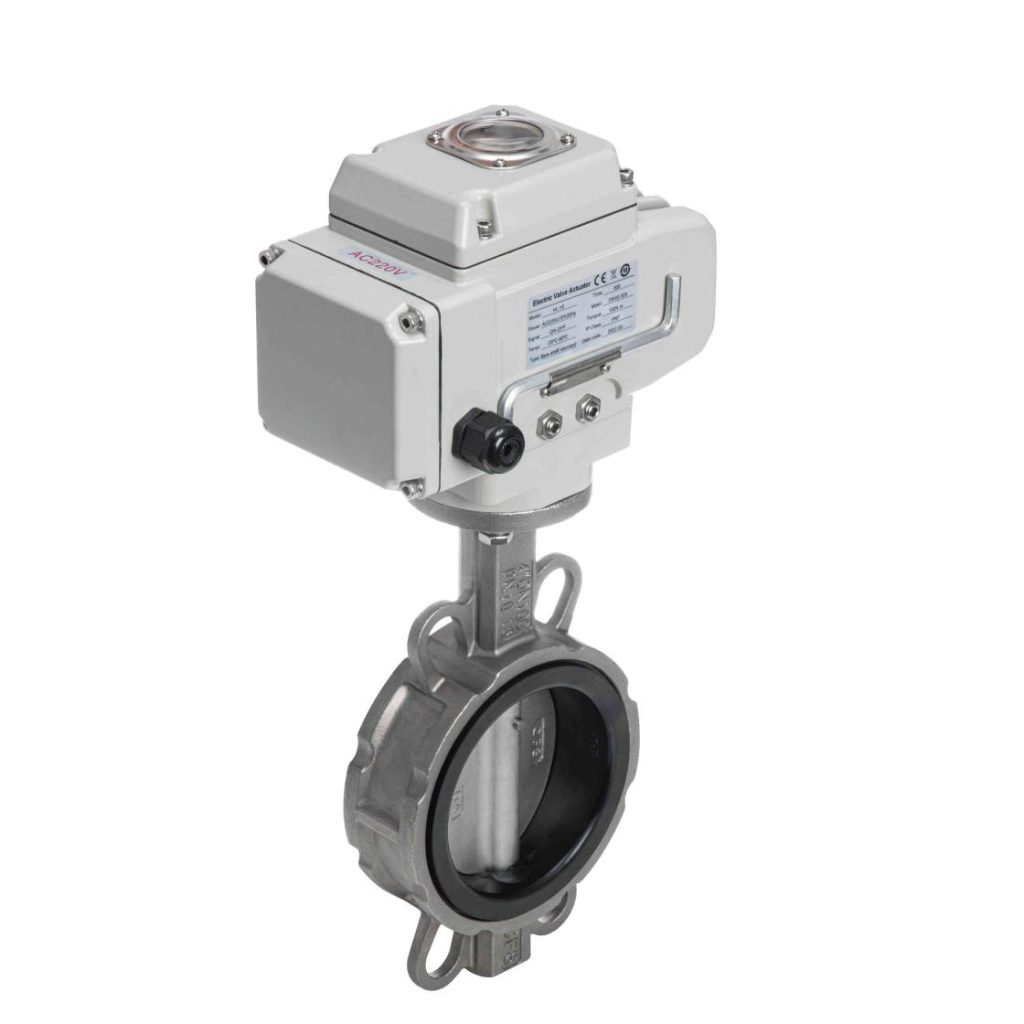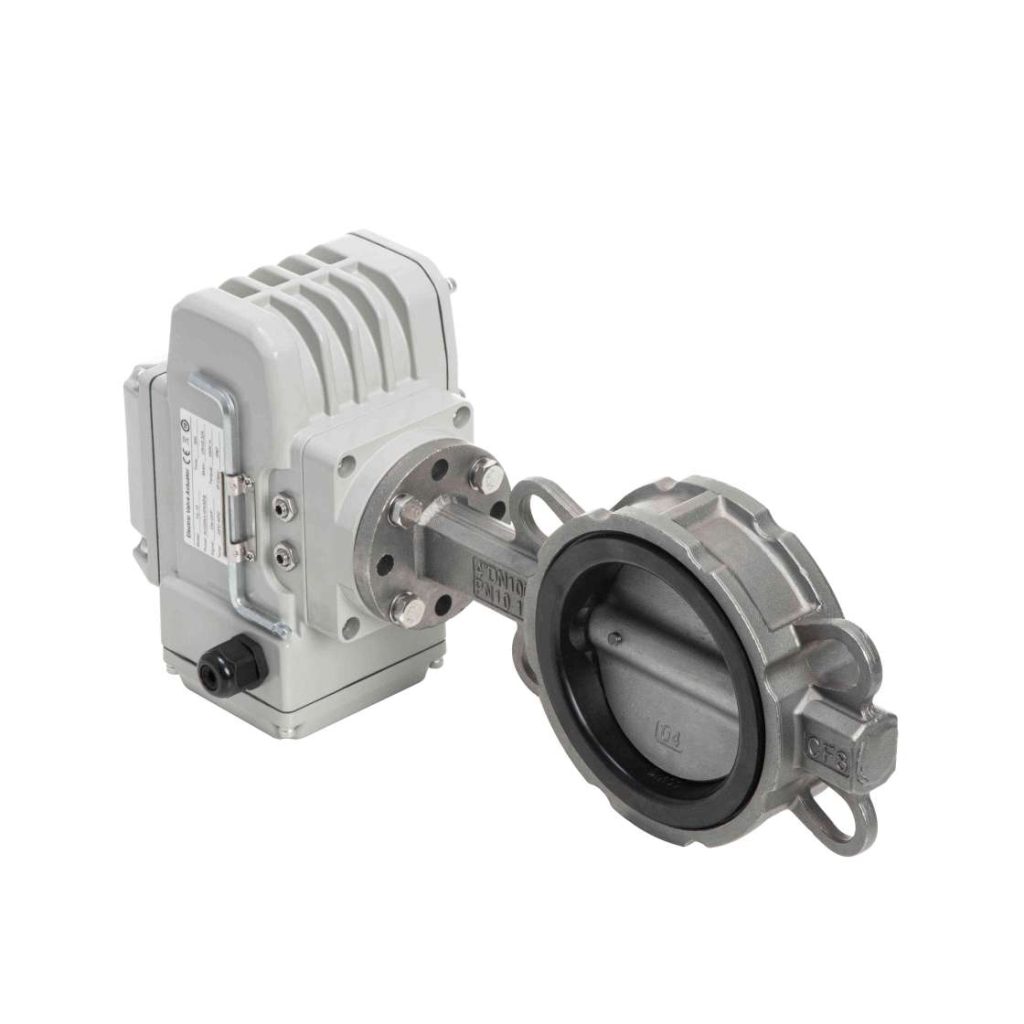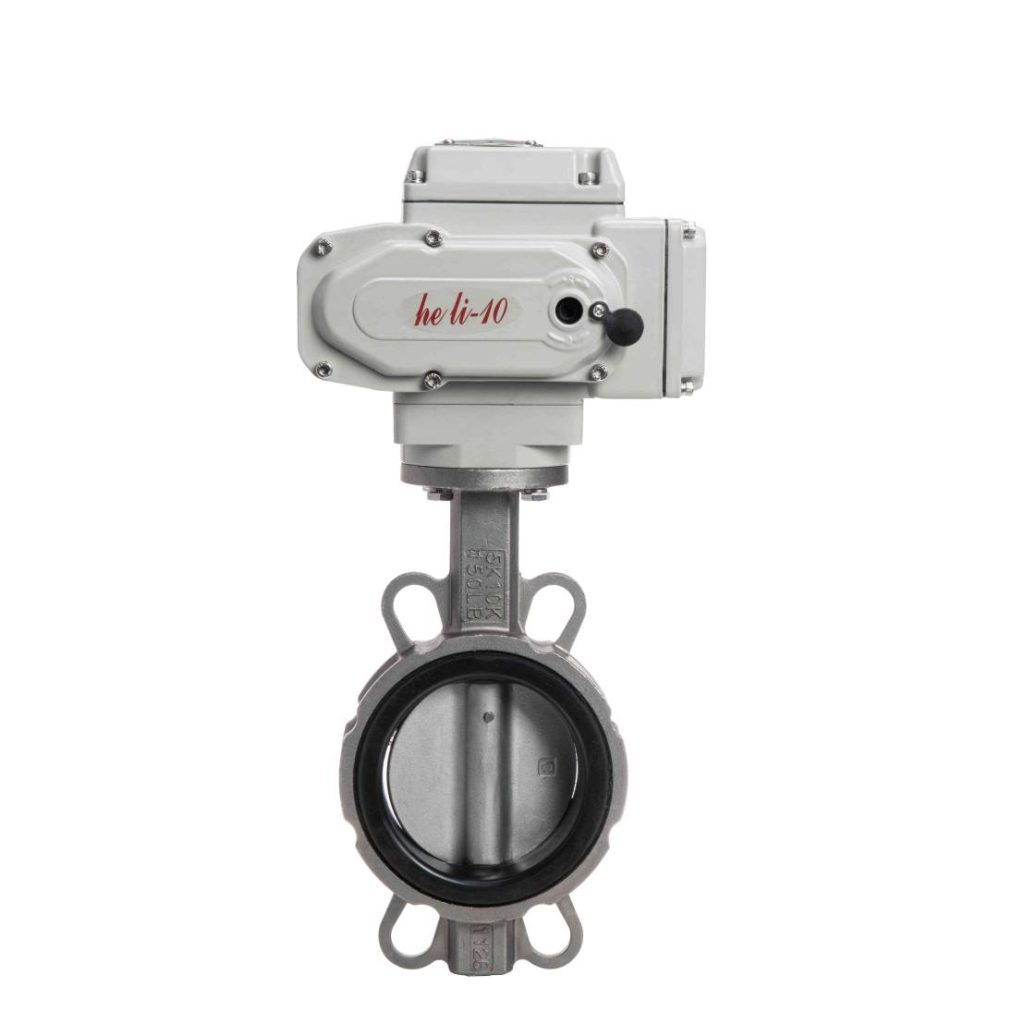Electric clamp butterfly valves are increasingly becoming integral components in various industrial applications due to their versatility, efficiency, and ease of operation. These valves are designed to manage the flow of fluids in pipelines effectively, making them essential in industries such as water treatment, chemical processing, food and beverage, and HVAC systems. This article delves into the construction, working principle, advantages, and applications of electric clamp butterfly valves, highlighting their significance in contemporary fluid control systems.

Construction and Working Principle

The electric clamp butterfly valve consists of several key components: a circular disc (the butterfly), a shaft, an actuator, and the valve body. The butterfly disc is mounted on a shaft and positioned within the valve body, which is typically cylindrical. The actuator, powered by electricity, is responsible for rotating the shaft and, consequently, the butterfly disc. When the valve is in the closed position, the disc blocks the flow of fluid. By rotating the actuator, the disc can be opened or partially opened, allowing for precise control of the flow rate. The electric actuator provides automation, enabling remote operation and integration with control systems, which is particularly beneficial in processes that require consistent monitoring and adjustment.
